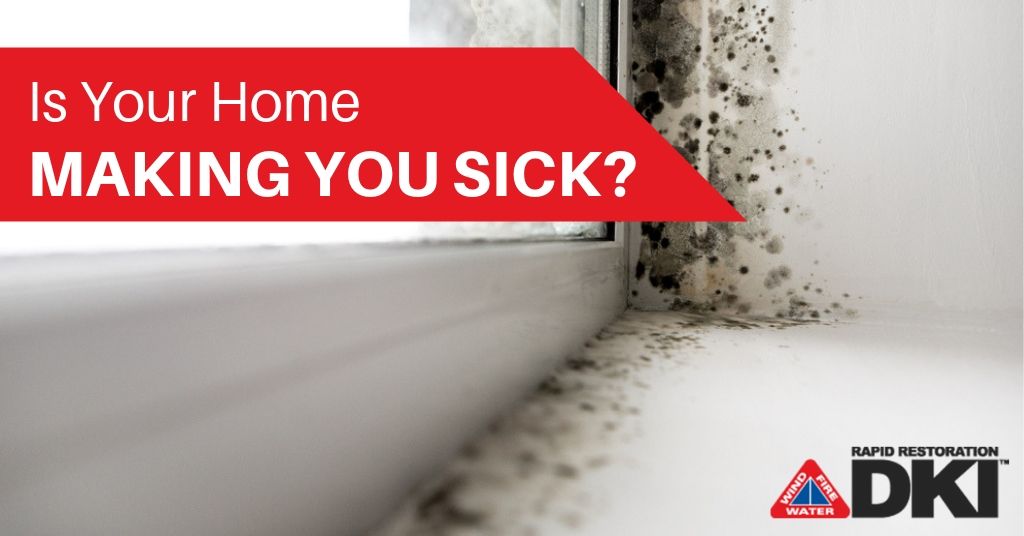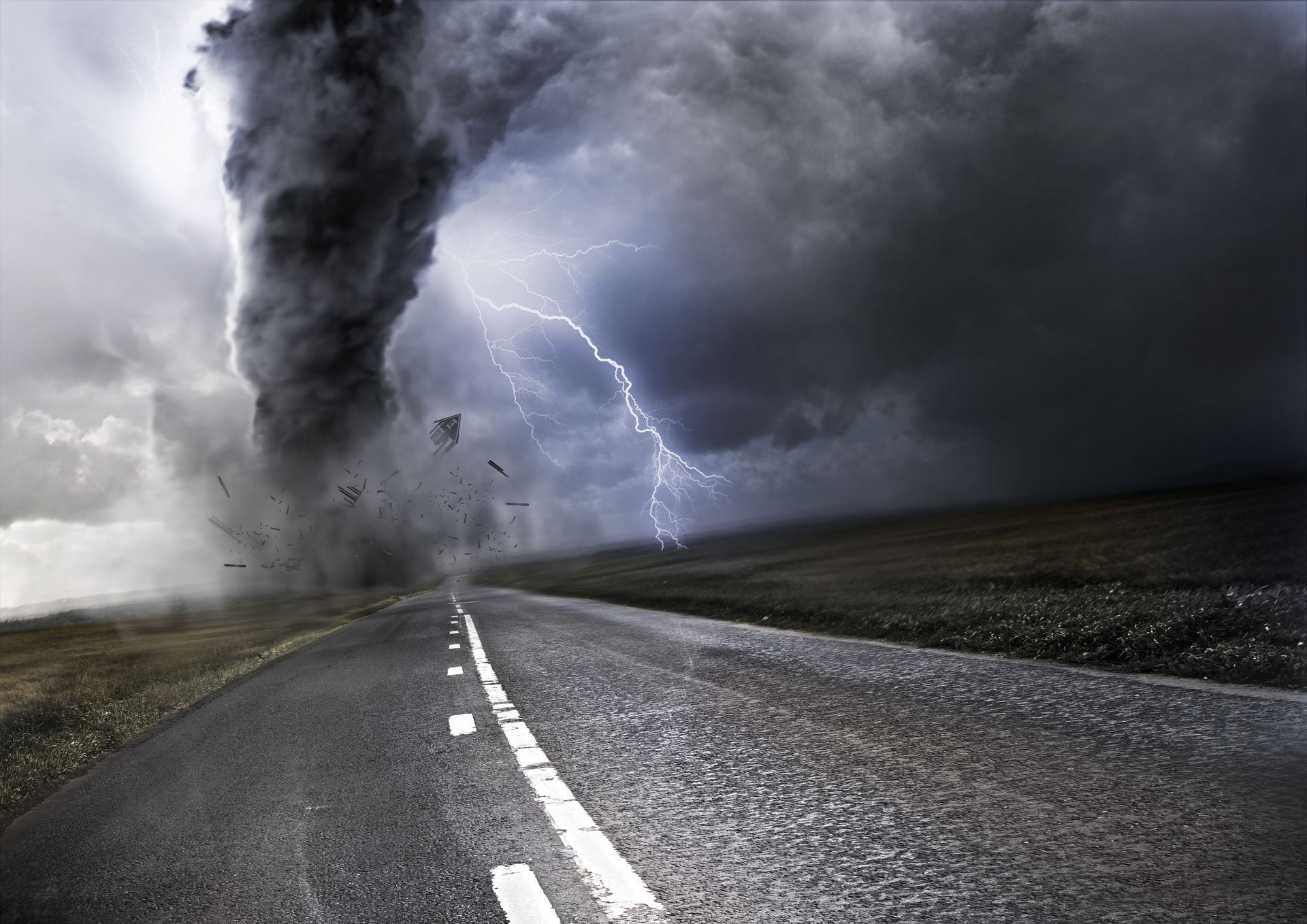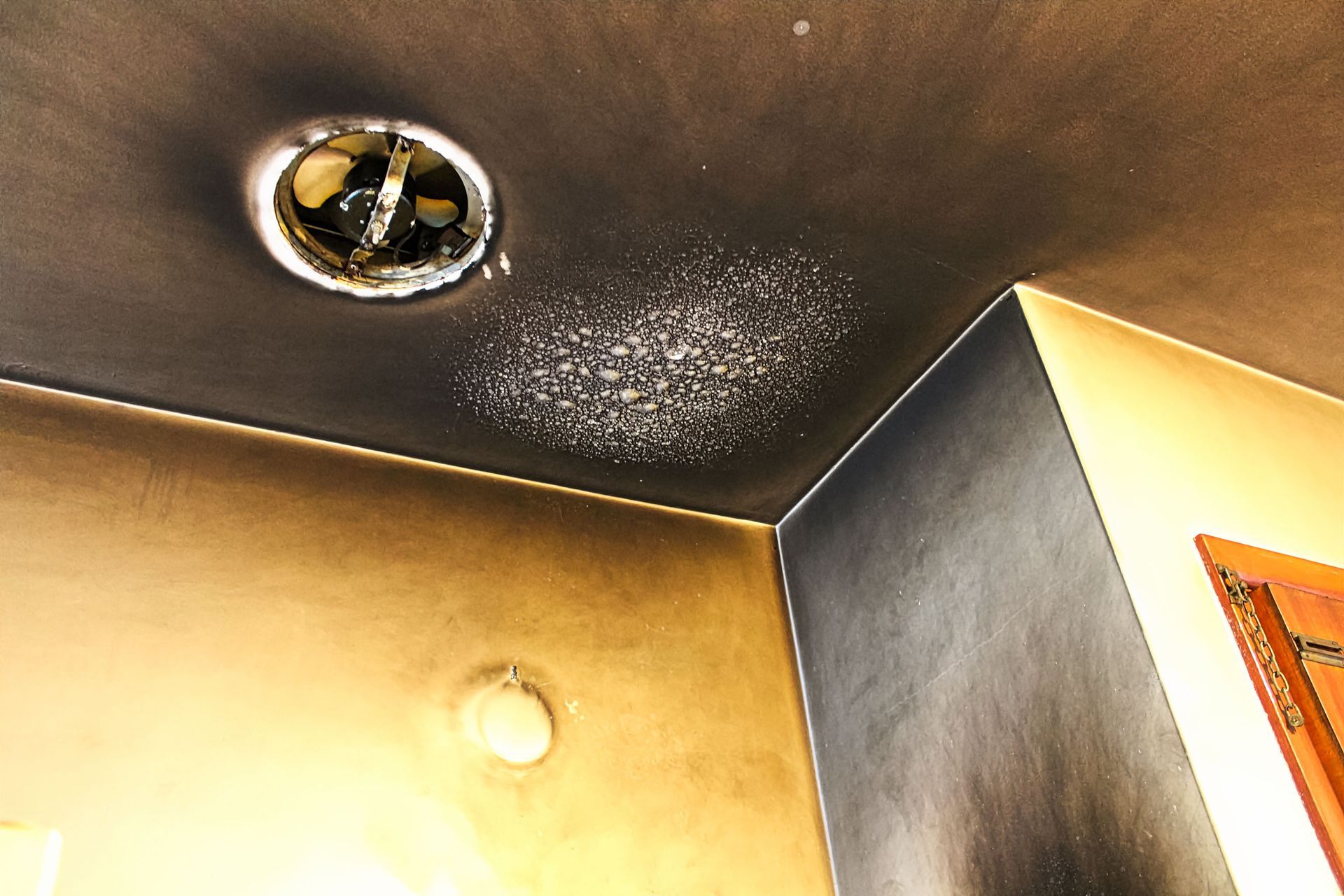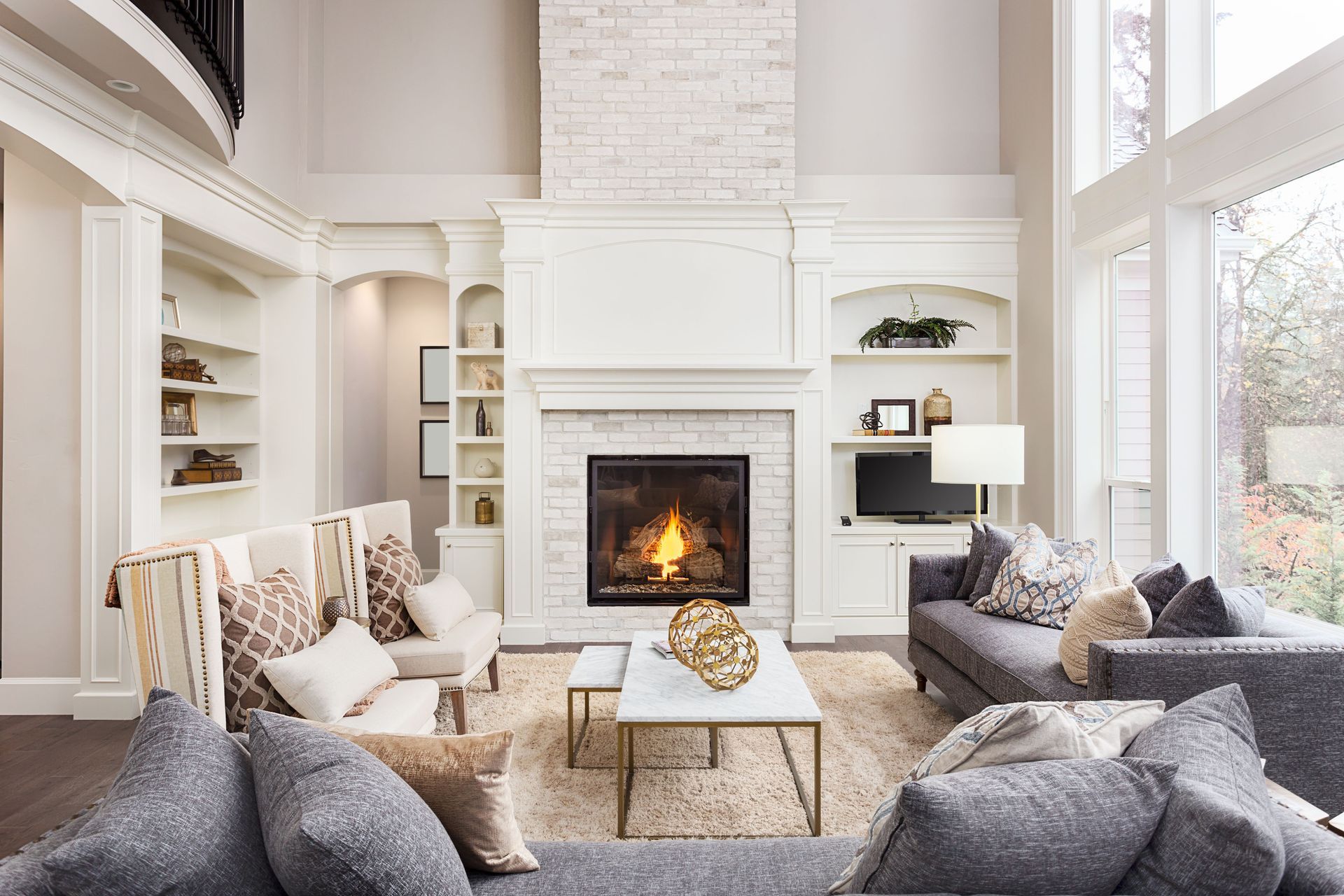August 7, 2025
Do you often find yourself experiencing cold or flu-like symptoms, particularly when you’re at home? If you answered yes, then it’s worth considering the factors that might be affecting your well-being. Mold, water damage, inadequate indoor air quality, or other underlying issues within your living space could potentially contribute to these health concerns. Understanding and addressing these factors can help create a healthier environment for you and your loved ones.
If you suspect that your constant stuffy nose or allergies might be triggered by your home, we invite you to read our guide to identify potential causes. Depending on where you think the source of your sickness may be coming from, you will receive a free, personalized report outlining specific measures to promote a healthy living environment for you and your family. Our goal is to assist you in addressing any issues and maintaining optimal well-being within the comfort of your own home.
What Could Be Making Me Sick in My Home?
We’ve categorized the causes of building-related sickness into three main categories:
- Mold
- Water damage
- Poor air quality
Identifying the primary source of the problem is vital. While water damage often leads to mold and mold can result in poor air quality, it’s crucial to address the root cause directly. Treating water damage won’t solve air quality issues, and some methods for improving air quality may not effectively remove mold. By focusing on the specific problem at its source, you can apply appropriate solutions for a more effective resolution. If you already have an idea of what might be causing your symptoms, here are a few actions you can take:
You Suspect a Mold Problem
If you suspect you have mold growing in your home, there are many options you can try. First, call a professional to get an assessment and a general evaluation of the damage and what it will take to repair and restore your home.
The professionals at Rapid Restoration can detect those hard-to-find spots where mold might be hiding, such as behind the drywall or even under the carpet. We have the equipment to make sure it doesn’t come back, even if it means replacing your carpet.
You can also choose to eliminate and remove the mold yourself with a number of DIY methods, but we highly recommend contacting a local remediation specialist near you. No matter what you decide to do about your mold problem, make sure you don’t use bleach to remove any growths. It is essential to exercise caution and prioritize safety when dealing with mold.
If you want to learn more about what you can do about your mold problem, download your free report now. It provides valuable information on identifying signs of mold growth in your home and offers guidance on effective removal methods.
You Suspect a Water Damage Problem
Minnesota regularly experiences freezing temperatures, blizzards, severe thunderstorms, flooding, and other problems that can lead to major water damage in your home. Water damage can come from many sources and it is best to do all you can to prevent it from destroying your home. Maybe you had a washer overflow or a burst frozen pipe. Whatever the cause, water damage isn’t something you should ignore and should be taken care of quickly. In fact, mold can start growing from water damage in as little as 24 hours. Here are a few signs that you have water damage that needs to be fixed:
- Discolored walls or ceiling
- Warped or bent floorboards
- A musty smell where the water was
- Dripping water somewhere in your home
- Pest infestations
- Water stains
- Increased utility bills
- Peeling paint
- Increased humidity or condensation on mirrors, windows, or surfaces
Repairing a water damaged wall entails much more than a simple scrubbing. In certain situations, complete replacement of the drywall becomes necessary. This holds true for carpets as well. If water soaks through to the bottom layers of the carpet, it creates the perfect environment for mold, making it almost impossible to remove. However, a good restoration company can replace the carpet as part of the remediation process.
Download our free water damage report to learn more about what you can do if your home was damaged by water.
You Suspect You Have Poor Air Quality
This may be something that you have no control over. Your home might be located next to a busy freeway or some type of factory that pushes pollution into the air near your home. However, you can still take some steps to keep the air inside your home cleaner than the air outside.
Some easy things you can do:
- Change your air filters regularly. Your furnace and AC have to work harder if the filters are dirty, and they could eventually start spreading the dirt and mold spores they are designed to collect.
- Get your air ducts cleaned. If you’re worried that your ducts need more than just a filter change, a professional air duct cleaning can clean out any mold and dust.
- Invest in an air purifier. This is especially a good investment if you have cats or dogs in your home, as they can sweep up the pet dander and dust created from your furry friends.
- Vacuum regularly. Use a vacuum with a HEPA filter for the best results. Other vacuums might just throw the dust back out, but the right vacuum can keep dirt and dust to a minimum.
Want to learn more about what you can do if the air quality in your home is making you sick? Download our free resource to help you prevent sick building syndrome caused by poor air quality.
Are You Experiencing Sick Building Syndrome?
Sick Building Syndrome (SBS) is a term that is used to describe a range of symptoms that are experienced by occupants of a particular building or home. Symptoms can be temporary and disappear or improve once an individual leaves the building that is causing them to feel sick. SBS is often linked to poor indoor air quality and can be difficult to identify the source of the problem.
Here are some of the most common symptoms that can come from sick building syndrome:
- Headaches
- Allergies
- Respiratory issues
- Nausea and dizziness
The best way to address sick building syndrome is to improve the indoor air quality, prevent water damage, and eliminate any mold that is growing in your home or apartment. Here are some other measures you can take to improve your living space:
- Improve ventilation
- Remove sources of pollution
- Regularly clean areas prone to contamination
- Monitor and test the quality of your air and water
We highly recommend that you involve experts such as indoor air quality specialists, a restoration company, or building engineers who can come up with appropriate solutions to prevent sick building syndrome.
Want to Learn More?
Mold is one of the biggest causes of sick building syndrome, and it’s one of the most common problems that can happen in your home. If you want to learn more about how to prevent these unwanted sniffles in your home, we have a number of other resources about sick building syndrome and mold you can check out!
Read More: How to Prevent Sick Building Syndrome
Read More: Is Exposure to Mold Making Me Sick?
If you suspect something is making you sick in your home, don’t hesitate to give Rapid Restoration a call! We’d be happy to help diagnose the issue and take the necessary steps to keep your home clean and mold-free.
Headquartered in Roseville, Minnesota, we specialize in restoring properties affected by water, fire, and mold in the Twin Cities area and Western Wisconsin. Our expertise extends to mitigation and removal services within a 90-mile radius of the surrounding counties. Additionally, we offer reconstruction services within a 35-mile radius of the neighboring cities. We acknowledge the individuality of each situation and strive to provide tailored solutions. If you require assistance outside our main service areas, please don’t hesitate to contact us for further assistance.




